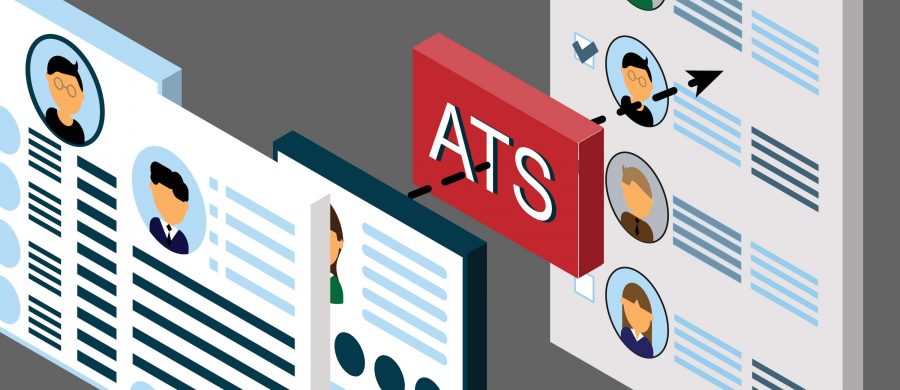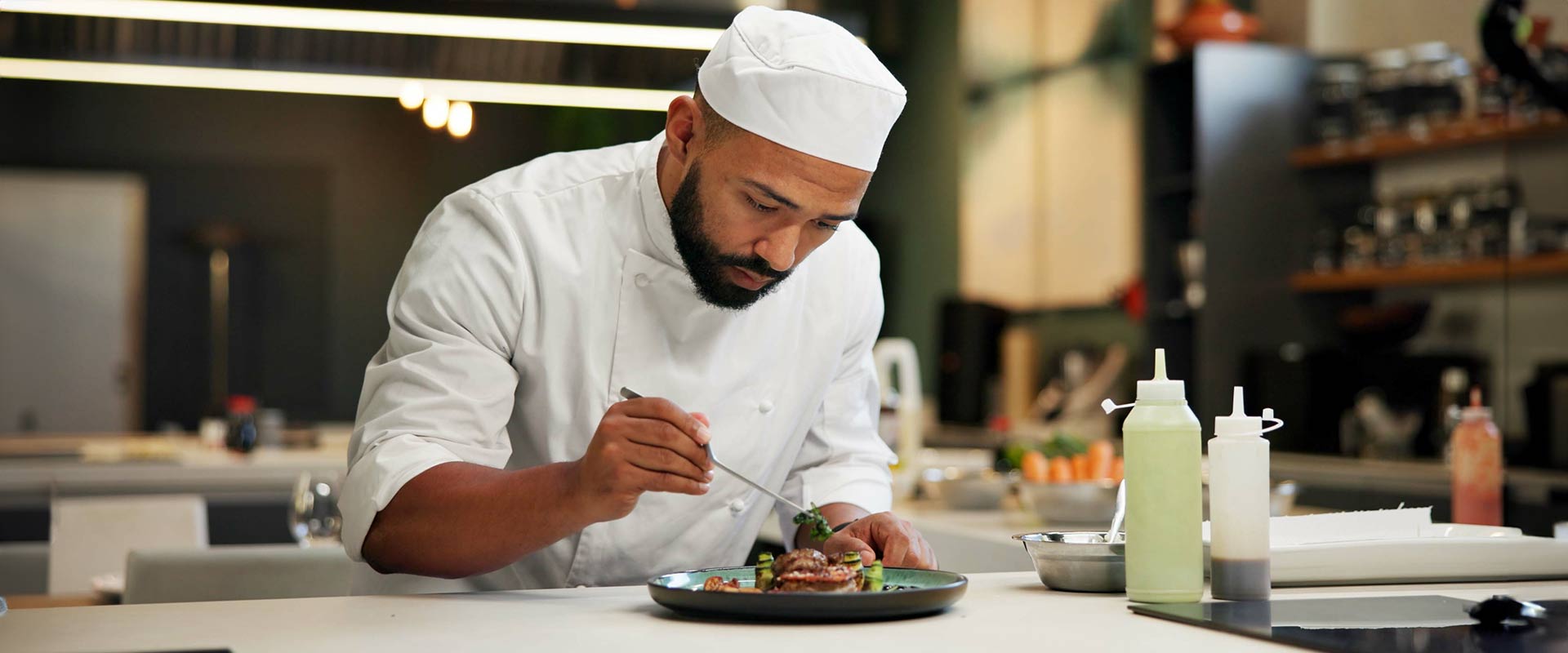How To Write a Hospitality CV

How To Write an Attention-Grabbing Hospitality CV that is ATS Friendly
Getting your hospitality CV seen by a hiring manager or recruiter is the first step. Unfortunately, this process isn’t always as simple as it seems.
You are probably thinking what’s ATS and what’s it got to do with writing a hospitality CV? ATS stands for Applicant Tracking System. In simple terms, it is the technology that automatically scans your CV to look for keywords that match the job. The CV with the highest matches gets put at the top of the pile.
While an A.T.S. system can save a company a lot of time searching for the right talent, there are endless ways the technology can trip hospitality candidates up and unfortunately, 70% of job applications fail to pass the A.T.S. test.
Here are some of the best strategies to make your hospitality CV A.T.S. friendly.
1. Choose the Right Hospitality CV format
Formatting is one of the most important factors in ensuring your CV is ATS-friendly. Well-organised information is easy for the technology to scan through.
Formatting your hospitality CV in reverse chronological order is recommended. This is the go-to for most hospitality recruiters, as it places the most important information (your hospitality work experience) at the top of the page.
Reverse chronological formatting also ensures your most relevant and recent information appears on your CV before anything else. Essentially, put the most recent positions first working backwards.
2. Find the Right File Type
The file type is the document you use to send your CV to a hospitality business or recruitment company. When applying for a role, you might see requests for specific file types on the job description. PDF is the most versatile option, as it is easy for A.T.S. software to read.
PDF files are excellent for maintaining the formatting and design of your CV. However, some older applicant tracking models cannot read PDFs. In this case, your would-be employer might ask you to submit a .doc file.
Make sure you read the instructions carefully to ensure you’re using the right file type.
3. Use a Simple Layout
Simplicity is often important for any hospitality CV, where hospitality hiring managers and recruiters spend hours going through hundreds or even thousands of applications.
Using bulleted lists highlighting your achievements is a simple and effective way to make your CV easy to read.
Avoid using complex graphics or extra formatting to make your CV look more impressive. Fancy templates can be scrambled by the A.T.S. technology, which may make your CV harder to read and even get your application thrown out by the system.
There are special A.T.S. templates available online if you’re stuck.
4. Use Hospitality Keywords
Excellent Hospitality C.V.s and cover letters should be tailored to suit the specific requirements in the job description. Ensure you look for important keywords listed in the job description that the A.T.S. software might be looking for in your application.
Skills related to a specific role are often one of the first things your A.T.S. will look for. For instance, the job description may state you need to be an accoladed chef, be sure to include this on your CV.
It’s also worth using plenty of action words in your resume because this helps to highlight things you’ve accomplished. Try terms like “created” or “solved”.
Don’t just throw keywords in at random, though; remember to ensure the terms you use to make sense in the context of the application. Remember: A human will still read your CV after the A.T.S.
5. Don’t Apply for Too Many Roles At Once
A.T.S. technology finds the best possible person for each role. With that in mind, it’s worth thinking carefully about whether you’re the right individual for the position you’re applying for. If you don’t have any of the skills the company is asking for on a job description, you’re not going to pass the A.T.S. test.
Similarly, applying for multiple jobs with the same company could lead to the technology labelling your application as spam.
Even if you get through to the human review stage with one or two applications, sending too many job applications to the same hospitality recruiter can make you look like you’re desperate for any role rather than applying for the right position.
6. Don’t Game the System
As A.T.S. systems become increasingly popular worldwide, there has been an increase in people attempting to “game the system” or find ways to outsmart the technology.
Although you might be able to find a handful of articles and guides telling you how to improve your chances of getting through any screening process, tricking the system won’t work long-term.
Even if you did manage to convince the A.T.S. to send your application to the next level by copy-pasting keywords from the job description into your CV, this wouldn’t get you anywhere when a human-reviewed your application.
7. Don’t Just Design for Robots
Finally, keeping track of everything you need to do to make your CV technology-friendly is tiering. Don’t spent too much time focusing on making it A.T.S. friendly that you forget about the importance of designing for people.
Ultimately, the A.T.S. is just the first stage of the filtering process for applicants in most hiring and recruitment strategies. This means while you need to make your hospitality CV easy enough for the robots to leverage and read, you also need to ensure it’s suitable for humans.
Read through everything when you’ve done editing. Does the content still flow naturally through the page.
Here at KSB Hospitality and Catering Recruitment Agency, we have been helping candidates find hospitality and catering jobs for over 30 years. If you would like us to help you in finding work, send your CV to [email protected] or call 0121 314 9365. We can also support you to create an outstanding CV. Alternatively, if you are a business looking for staff, we can also help.


